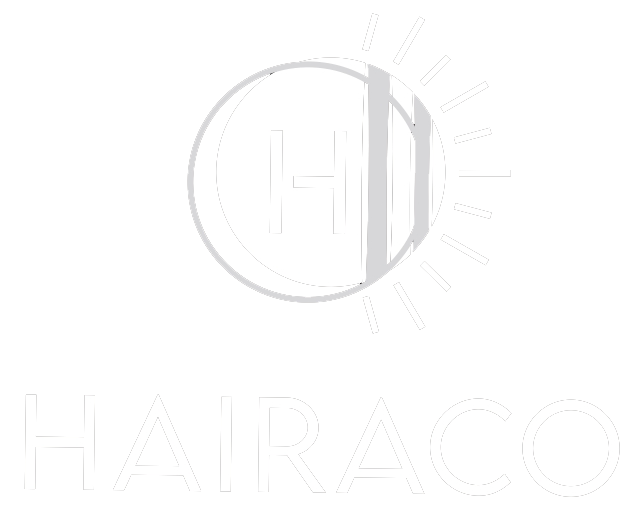Hair foils have become an essential tool in the arsenal of stylists and colorists. Their primary function is to separate sections of hair during the coloring process, ensuring precision and preventing unwanted blending of colors. With the various types available, it’s important to understand their differences and how they can be used to achieve specific hair goals.
Types of Hair Foils
Traditional Aluminum Foil
Aluminum foil is the most common type of hair foil. It’s widely used for highlighting services, balayage, and other advanced coloring techniques. Aluminum foils are durable and can withstand the chemicals in hair dye, making them a staple in professional salons.
Pre-Cut Aluminum Foil Sheets
Pre-cut aluminum foil sheets offer the same benefits as traditional rolls but with added convenience. These sheets come pre-sized, saving time and effort in the salon. Pre-cut sheets are particularly useful for busy stylists who need to streamline their workflow.
Embossed Foils
Embossed foils feature a textured surface that provides better grip and adherence to the hair. This type reduces slipping, ensuring that hair stays securely wrapped during the coloring process. They are ideal for more intricate styles where precision is paramount.
Colored Foils
Colored foils serve a dual purpose. Firstly, they can help stylists keep track of multiple colors being applied simultaneously, reducing the risk of errors. Secondly, they add a fun aesthetic to the salon experience, enhancing both stylist and client satisfaction.
Uses of Hair Foils
Highlighting
Highlighting is one of the most popular uses for hair foils. By isolating individual strands, foils allow for the creation of lighter sections, adding depth and dimension to the hair. Whether aiming for subtle sun-kissed highlights or bold, striking streaks, foils ensure clean, precise results.
Lowlighting
Lowlighting involves adding darker shades to complement the natural hair color or highlights. Similar to highlighting, foils isolate sections to prevent color overlap. This technique is great for adding richness and enhancing the natural movement of the hair.
Balayage
Although balayage often utilizes hand-painted techniques for a natural look, foils can still play a crucial role. Using microweave sections wrapped in foil can help achieve more controlled lightening while maintaining the soft, graduated effect that balayage is known for.
Color Correction
In situations where hair requires color correction, foils are indispensable. They allow stylists to target specific areas that need adjustment without affecting the rest of the hair. This precision helps achieve a uniform and balanced overall color.
Recommending the Right Product
Choosing the right type of foil is essential for achieving the desired outcome. For those looking for high-quality options, Hairaco offers a range of professional foils that cater to various needs, including pre-cut and embossed varieties. Ensuring you have the right foil for the job can significantly impact the efficiency and results of your coloring services.
In conclusion, understanding the different types of hair foils and their uses can enhance the skills of any stylist. Proper utilization not only ensures a polished, professional look but also elevates the client’s experience, making it an invaluable aspect of modern hair coloring techniques.

